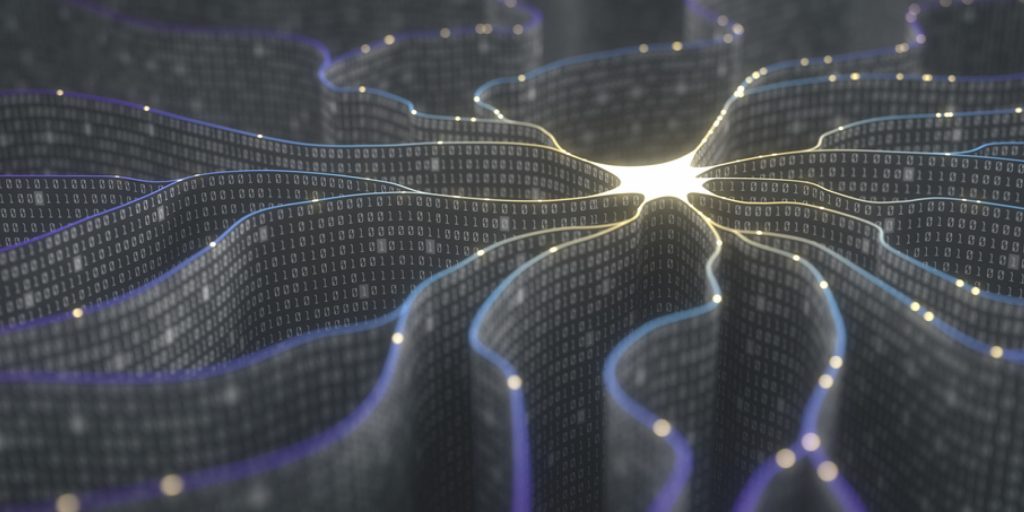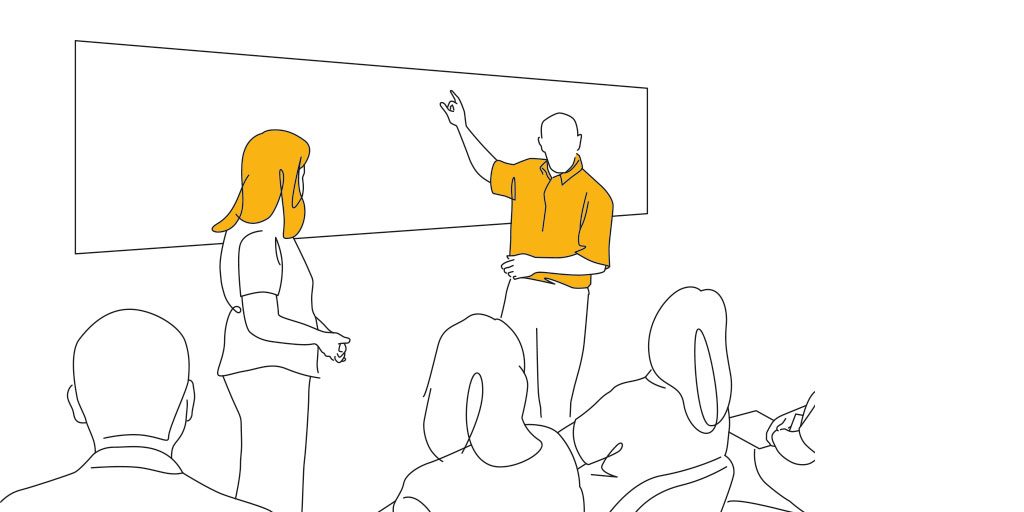Insight article

From villain to hero – telling the whole story of the ‘Superjob’
“Men are grown mechanical in head and in heart, as well as in hand,” wrote the Scottish essayist Thomas Caryle in 1820 of the First Industrial Revolution. “Their whole efforts, attachments, opinions, turn on mechanism, and are of a mechanical character.”
He was addressing a fear which seems eerily familiar today, as we embark upon the Fourth Industrial Revolution, an epoch delineated by Klaus Schwab, Founder and Executive Chairman of the World Economic Forum. This is the era where the lines between the physical and digital are becoming blurred: automation, artificial intelligence, and mobile supercomputing of a power unimaginable to a previous generation, let alone the world of the 18th and 19th centuries.
It is the age of the ‘superjob’.
Deloitte’s 2019 Global Human Capital Trends report identifies the ‘superjob’ as the apex evolutionary offspring of the ‘hybrid job’. Hybrid jobs marry technical skills with ‘soft’ skills; superjobs “combine parts of different traditional jobs into integrated roles that leverage the significant productivity and efficiency gains that can arise when people work with smart machines, data, and algorithms.”
The advent of the superjob creates a significant challenge for the leaders of today. Organisations need to be actively ‘recoding’ their activity, i.e. “integrating machines and humans in the flow of work and creating meaningful roles for people.” Without this crucial shift in perspective, businesses risk falling behind in the race to re-skill existing staff with the tools they will need for the future, and opportunities to recruit new employees already comfortable with this changing work dynamic – the ‘architects’ of the revolution – will be lost. By proactively replacing traditional job descriptions with inspiring new ‘job canvases’, in which the benefits of automation and augmentation to an individual’s productivity become central to the organisation’s story, a company can recode risk into reward.
This will take collaborative organisational imagination, and a shared vision of how man and machine in tandem can bring about exciting new outcomes – less Carlyle’s ‘mechanical’ men than humans using machines with their whole heart. Technologically-enhanced super jobs can be heroes of this revolution, not the villain.
In 2016, the creators of DeepMind, the British artificial intelligence company acquired by Google, challenged 9thdan professional South Korean Go player Lee Sedol to a five-game match against its AlphaGo program. ‘Go’ is the notoriously difficult 2,500 year-old board game played with black and white pieces on a grid of 19 x 19 lines. It takes years to master, with a quantity of potential moves that famously outnumbers the entirety of atoms in the universe.
Sedol, a boyish hero of the game ranked the second greatest player of all time, accepted the challenge with the nonchalant swagger of a champion at the peak of his powers. He positioned himself as the torchbearer of human intelligence entering the valley of this dark shadow of automation, the redresser of a balance lost by Gary Kasparov in his defeat to the IBM chess computer Deep Blue a decade earlier.
The story would be different in this sequel; now it would be the humans striking back. Sedol emphatically predicted that AlphaGo would not win a single game.
In the second game, and already ahead in the series, the program played a maverick winning move so exquisitely odd, so alien, Sedol was frozen in its otherworldy headlights. “It’s not a human move. I’ve never seen a human play this move,” he said.
“So beautiful.”
AlphaGo won the series 4-1.
Sedol was crestfallen at the defeat, and apologised for letting mankind down, but at the end of the series he said that he was overwhelmed with gratitude to AlphaGo for allowing him to see the game he loved from a fresh and exciting new perspective. The program was not the obstacle, or the enemy – it was a catalyst for novel ideas and possibilities.
Sedol reworked the story of his interaction with technology from one of hubris and defeat into a narrative of hope and possibility. Fear of the unknown had become the joy of potential; man and machine had created a strange and exhilarating shared adventure. This is the impact of the storytelling perspective – the “efforts, attachments, opinions” of your workforce protagonists can be transformed into a dynamic shared vision of a prosperous future.



